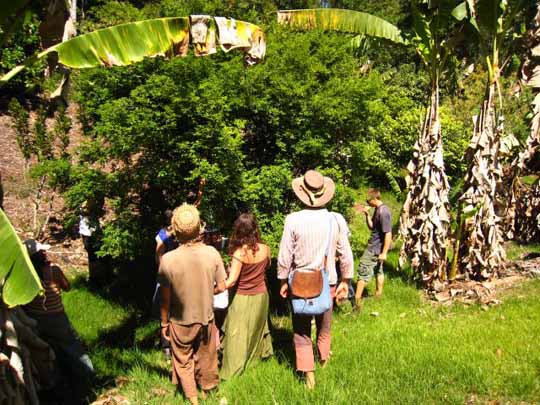
Heathcote is an intentional community located in Freeland Maryland just 30 mile north of Baltimore City. It sits on 112 acres some of which is in a community land trust the other owned by several community members. All of the houses and communal facilities are renovated farmhouses and old grain mills. Additional houses have been built using straw bale. There are many efforts within the community to use renewable resources and become energy independent. Whether you decide to live at Heathcote or just take part in one of there exciting permaculure classes you can always expect to enjoy and organic/ vegetarian meal(s), some of which is fresh from the garden, music, hiking, lounging in a stream-side hammock or helping out with some of the many natural building projects. Heathcote is a drug-free and smoke-free community and is currently looking for members. To find out more about everyday life at Heathcote one of its members has started a blog called Hippie Chick Diaries . You can also go to their website or take a visit to the farm.

The mission of Casey Trees is to restore, enhance, and protect the tree canopy of Washington, DC. Recognizing that trees provide both community and environmental benefits, Casey Trees plants trees, engage thousands of volunteers in tree plantings and care, teach school children about trees, monitor the District’s tree canopy, and design better planting spaces so trees can thrive in the city. They also run a “Citizen Forester” program that trains volunteers to utilize resources from the city and nonprofit organizations to improve the health of trees, increase tree cover, and promote and protect the city’s green infrastructure. Visit their website to find out how you can get involved!

Is urban ecology an oxymoron? Not at all. The sooner we recognize that cities, people, and nature are inextricably linked, the better off we will all be. In order to broaden our focus from fixing what’s broken, we can treat this city as a design problem, as a system of interrelated parts, and begin to look for connections. Just by looking, we will surely find them.
As part of the 2008 Urbanite Project, I saw firsthand the critical connections between urban fishing, water quality, and public health. (“Fishing for Solutions,” March 2008 Urbanite.) Our proposal is to convene a diverse commission that would tackle the complex problem of Baltimore’s storm-water and waste-water with an ecological mindset.
The urban ecosystem is a system of networks and relationships, using nature as a mentor for how to foster healthy connections and environments. We can together consider both natural systems and human systems, for the benefit of both. Natural systems include sunlight, rainwater, clean air, wind, gardens, trees, and wildlife. Human systems include housing, stores, schools, jobs, history, arts and culture, and infrastructure.
The magic lies in the connections between these elements. Continued
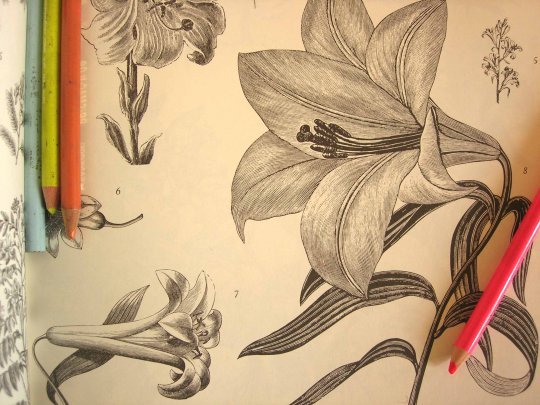
American Native Plants was founded in 1991 and serves a rapidly growing need for trees and shrubs in efforts to sustain existing ecosystems. “Native plants in their natural setting is essential to conservation and restoration”, and can also help with storm-water retention and erosion control. Invasive plants can disrupt surrounding wildlife that depend on indigenous plants. You can find a list of available leafy products, including a variety of birch, pine and maple. Some other products include an all natural deer repellent and weed killer. One of the most exciting products you’ll find is sedum for your living roof project.
 The Baltimore City Forestry Board is composed of unpaid volunteers who work closely with state foresters to serve as advocates for trees and forests. It seeks to improve the management of Baltimore’s urban forest, facilitate school tree plantings, promote educational activities about the city’s urban forest resources, and assist the Baltimore City Forestry Division with its mission. Their website features information on tree and forest care in Baltimore, as well as ongoing projects and activities like tree plantings, tours, and conferences.
The Baltimore City Forestry Board is composed of unpaid volunteers who work closely with state foresters to serve as advocates for trees and forests. It seeks to improve the management of Baltimore’s urban forest, facilitate school tree plantings, promote educational activities about the city’s urban forest resources, and assist the Baltimore City Forestry Division with its mission. Their website features information on tree and forest care in Baltimore, as well as ongoing projects and activities like tree plantings, tours, and conferences.
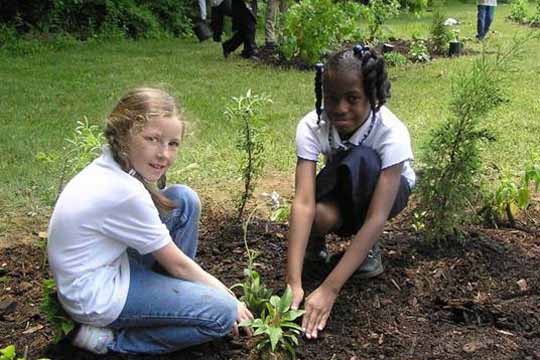
Headquartered in College Park, Maryland, the Alliance for Community Trees has planted more than 7.8 million trees in urban landscapes nationwide, with assistance from 450,000 volunteers, since its inception in 1993. The group, which is composed of more than 100 sub-organizations, strives to support local grassroots organizations dedicated to tree-planting and tree-conservation. In Maryland, they work with the Center for Chesapeake Communities, Tree-Mendous Maryland, Herring Run Watershed Association, Parks & People Foundation, and the Beltsville-based Communities Committee.
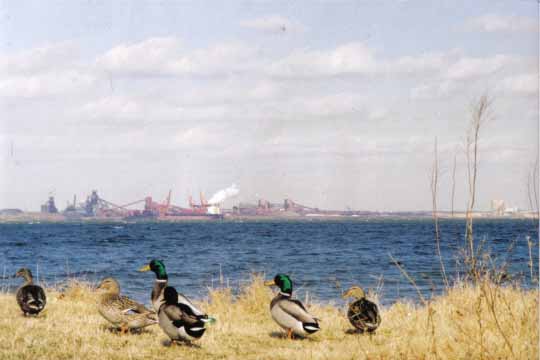
Biohabitats combines sound science with integrated design to protect and restore natural habitats around the world, driven by the belief that it “not only repairs degraded ecosystems, but renews economic opportunities and reconnects communities to the landscape.” They seek to inspire communities to rediscover a sense of place by preserving indigenous ecosystems, restoring biological diversity, and inspiring ecological stewardship. Highlighting conservation planning, ecological restoration, and regenerative design, their site also features volunteer opportunities as well as news and a list of events and conferences.


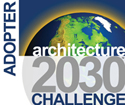
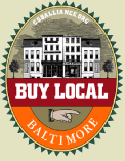


 View the dynamic, moving GOforChange: Greening Baltimore video
View the dynamic, moving GOforChange: Greening Baltimore video


 The
The 


